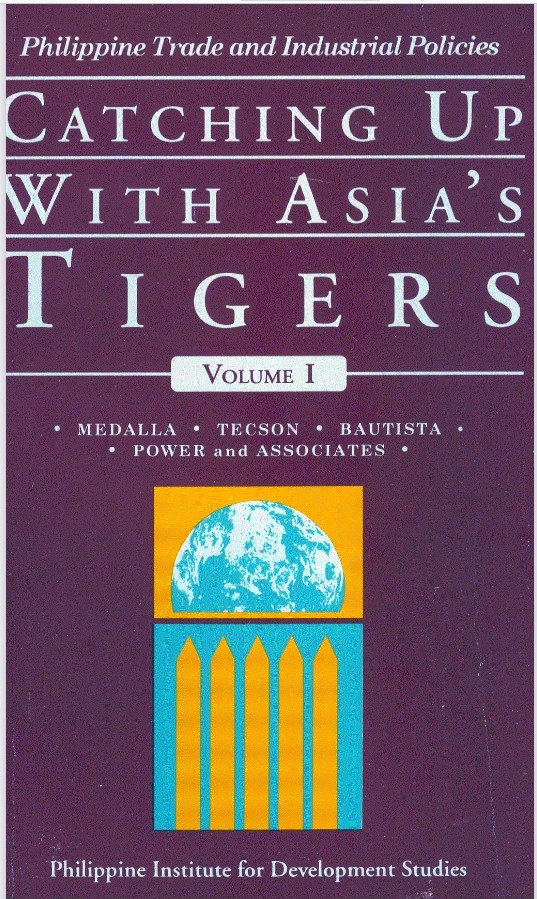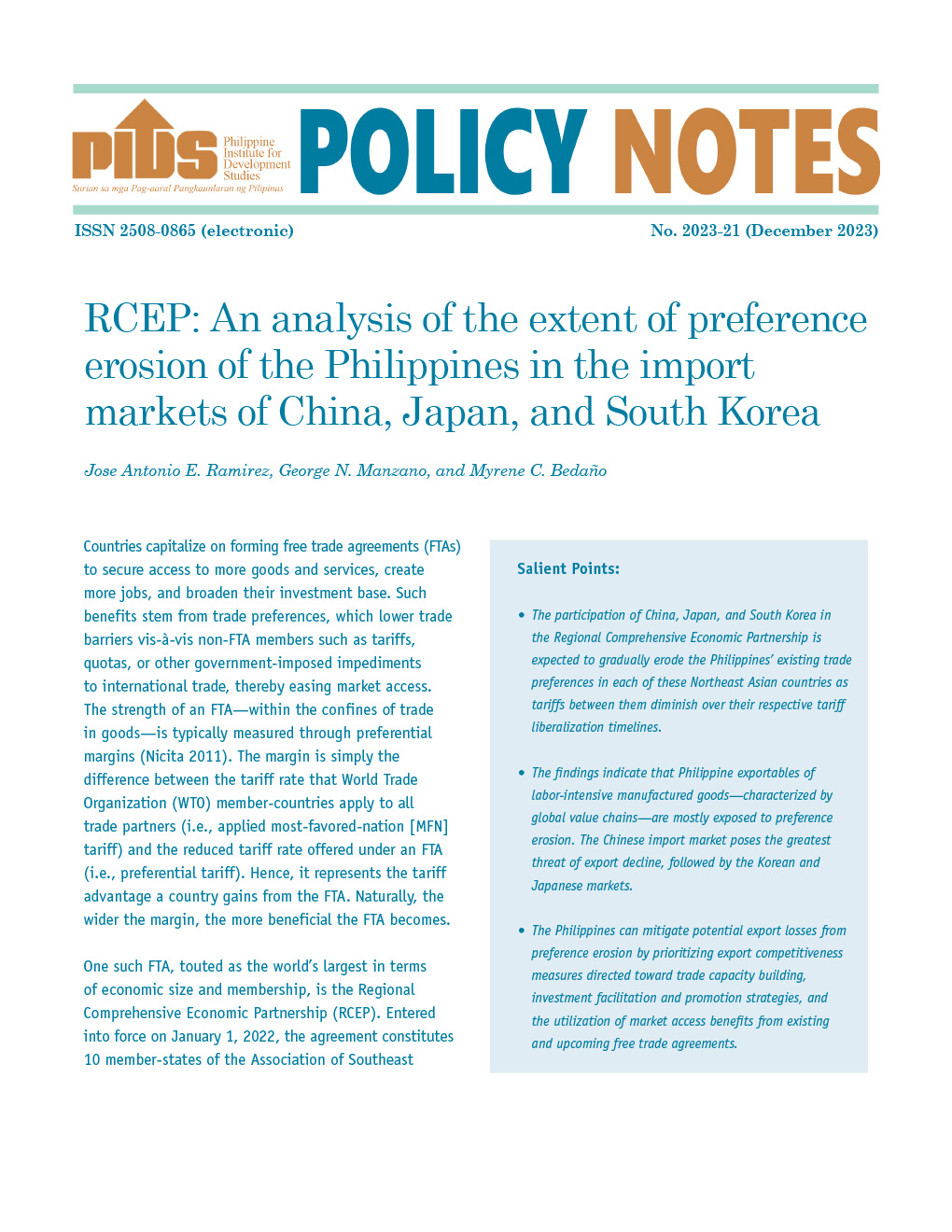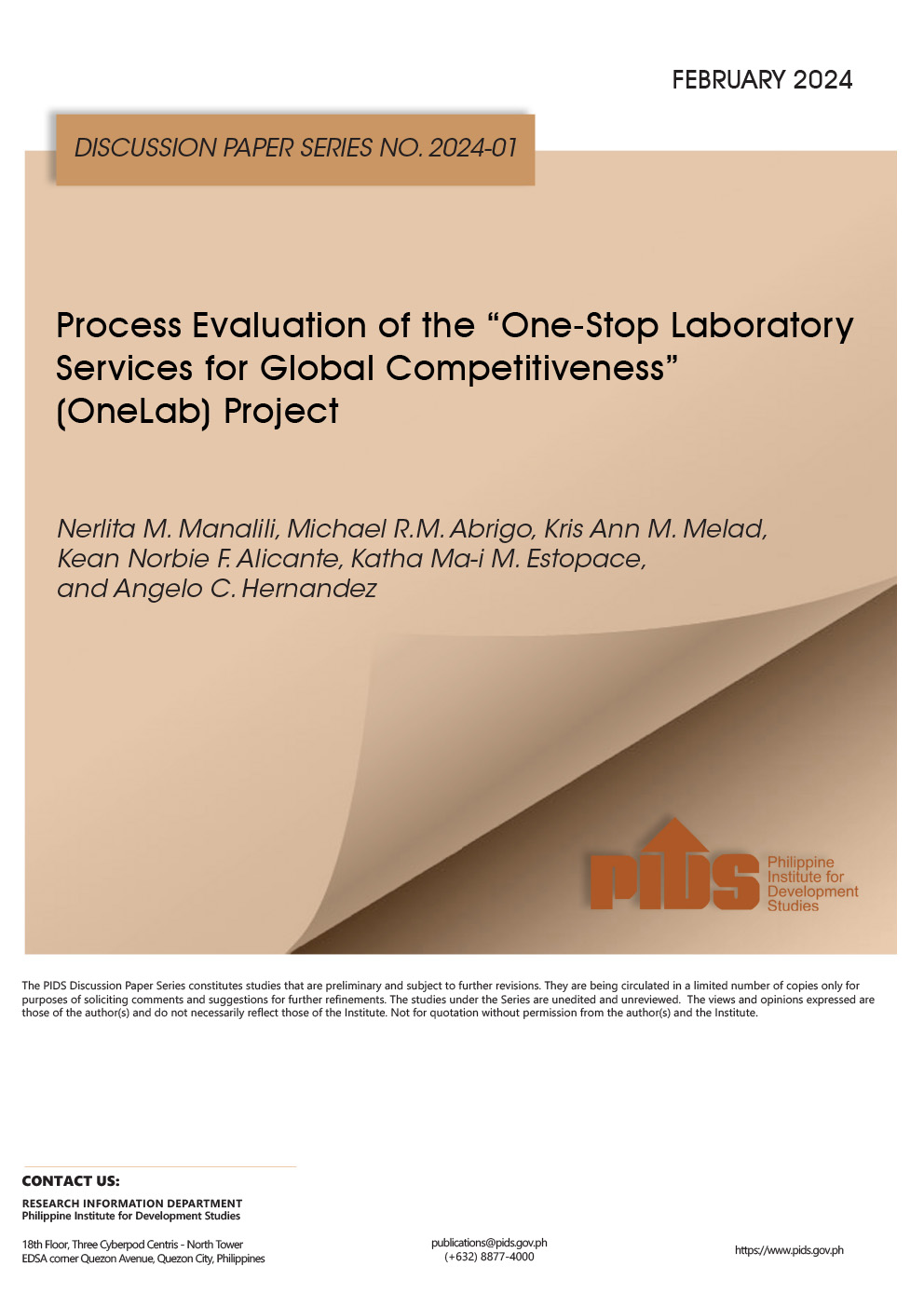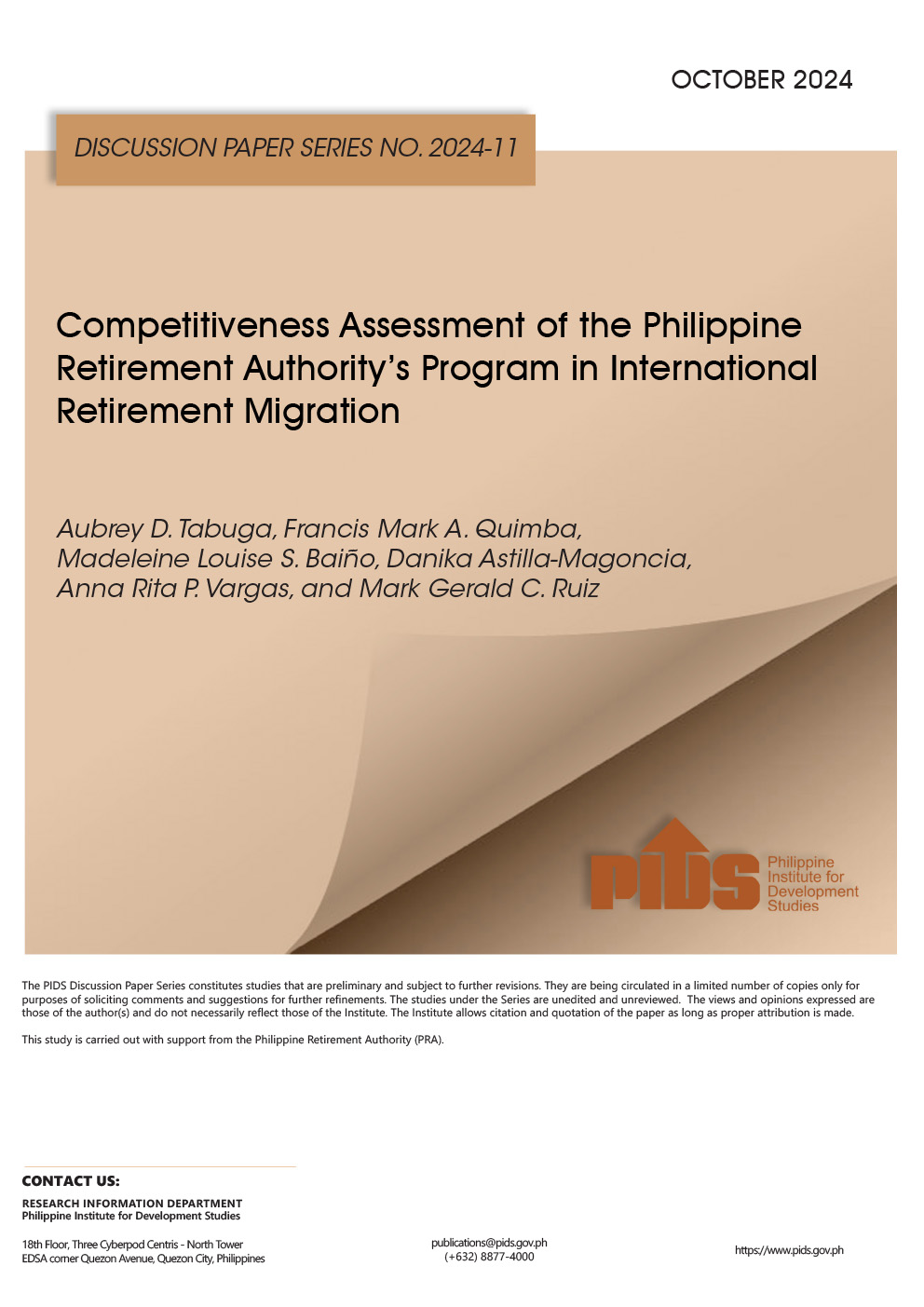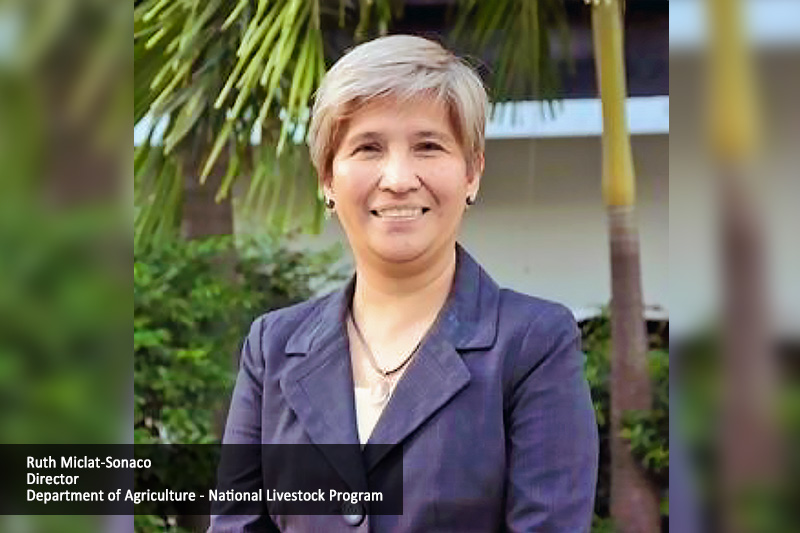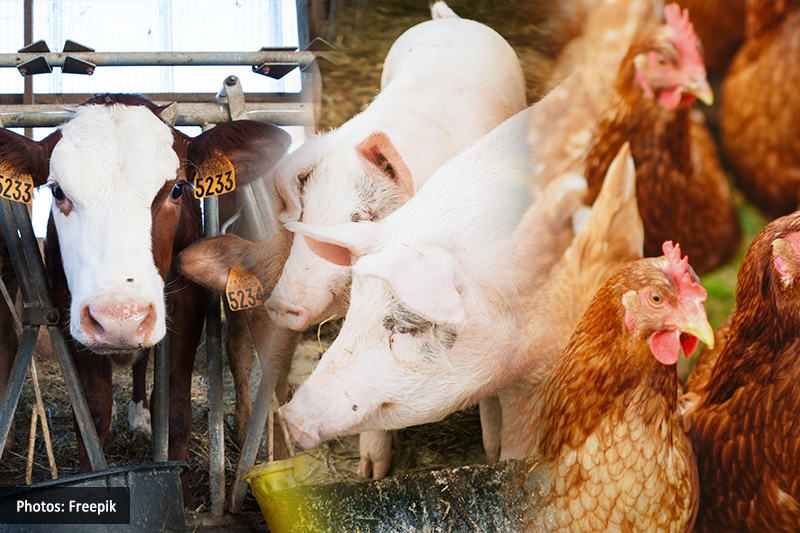This book comes at a most opportune time when the global community is faced with excellent opportunities for a freer world trade-a newfound openness ushered by the creation of the World Trade Organization following the GATT-Uruguay Round Negotiations and of regional initiatives like the ASEAN Free Trade Area (AFTA). In 1979, the Institute has published the book Industrial Promotion Policies in the Philippines, hailed by many as a landmark study in the Philippines in the field of trade and industrial reform. In the years that followed, many government policies and analyses on the industry as a sector and on the economy as a whole have been anchored on the recommendations provided by this study. Some of the significant debates on industrial issue have also been spurred by its findings. Today, 16 years after, the Institute again takes pride in publishing another book, which is essentially a continuing assessment of the industrial sector’s performance. With the expected growth in global and regional incomes and trade, and with the country’s expanded trading opportunities, our hope of catching up with Asia’s tigers could finally be realized. Volume I serves as the main report of the Development Incentives Assessment Project (DIA). It capsulizes the highlights of the policy issues covered by the project, makes incisive observations and critical analyses of the trade environment and offers research-based conclusions and recommendations. The special papers included in this volume, meanwhile, review the effects of policies, pinpoint the flaws, explore possibilities for efficiency and finally offer strategies for reform. It is hoped that the publication of these studies will not only aid policymakers in shaping policies and legislations that can propel the country where it wants to be. It is also hoped that a full grasp and understanding of the issues and pressures on the trade and industry sector will guide the Filipino in seizing the many doors of opportunities that are available to the country’s future growth.
Catching Up with Asia’s Tigers, Volume I
Related Posts
Publications
Press Releases
Video Highlights
[No related items]
Infographics
[No related items]

